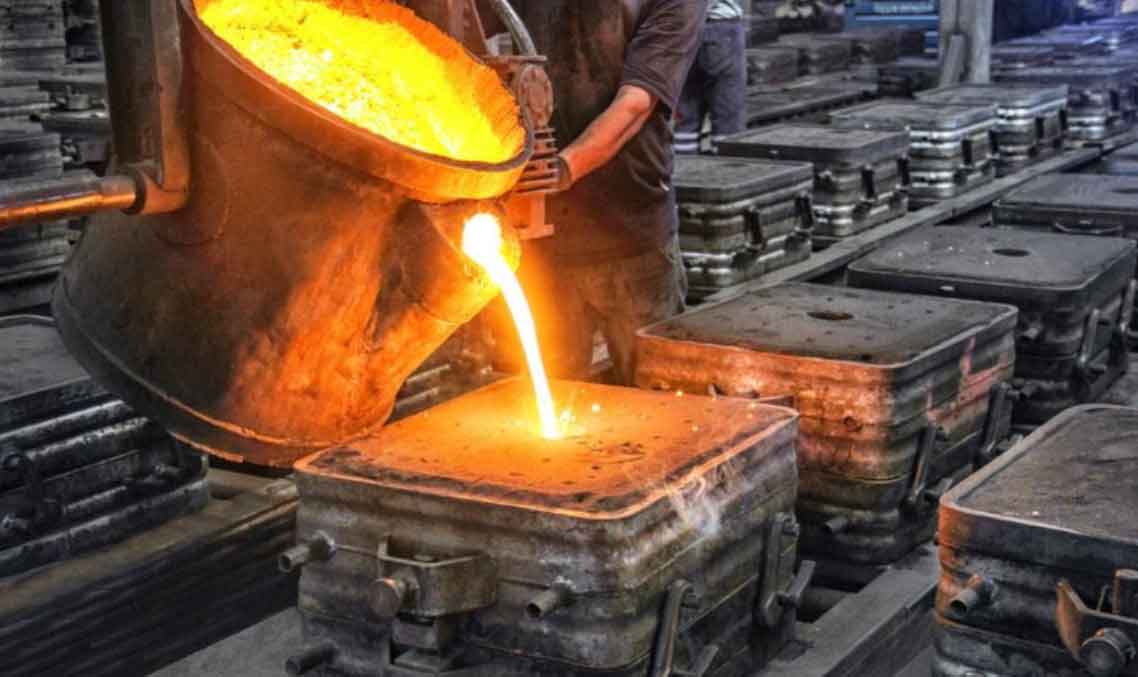Sand casting plays a crucial role in the automotive engineering industry by providing high-quality components that contribute to the performance and reliability of vehicles. Here are some ways sand casting enhances the automotive sector:

- Complex Geometry: Sand casting allows for the production of intricate and complex components used in automotive engines, transmission systems, and other critical parts. This flexibility in design enables automotive engineers to optimize performance and efficiency.
- Cost-Effectiveness: Sand casting is a cost-effective method for producing automotive components, especially for medium to large production runs. It offers a competitive advantage in terms of production costs, making it an attractive choice for many automotive manufacturers.
- Material Options: Sand casting supports a wide range of materials, including various grades of cast iron, steel, and aluminum alloys. Automotive engineers can choose the most suitable material based on the specific requirements of each component, such as strength, weight, and heat resistance.
- Durability and Strength: Components produced through sand casting exhibit excellent mechanical properties, ensuring the durability and reliability of critical automotive parts.
- Engine Blocks and Cylinder Heads: Sand casting is commonly used to manufacture engine blocks and cylinder heads for internal combustion engines. These components require intricate designs, precise tolerances, and robust materials to withstand high temperatures and mechanical stress.
- Transmission Housings: Sand casting is utilized to create transmission housings, which require complex geometries and excellent structural integrity to ensure smooth operation and efficient power transmission.
- Brake Components: Brake calipers and brake drums are often produced using sand casting due to their robustness and ability to dissipate heat effectively during braking.
- Exhaust Manifolds: Sand casting allows for the production of exhaust manifolds with intricate internal passages that improve exhaust gas flow and contribute to enhanced engine performance.
- Suspension Components: Sand casting is used to create suspension components such as control arms and steering knuckles, which require high strength and precision to ensure safe and stable handling.
- Innovations and Research: Sand casting continues to evolve with innovations such as computer-aided design (CAD), simulation software, and 3D printing for creating sand molds. These advancements improve casting quality, reduce lead times, and promote design optimization.
As the automotive industry continues to advance, sand casting remains a reliable and versatile manufacturing process that contributes to the overall quality, performance, and safety of vehicles on the road. Its ability to produce complex and durable components makes it an integral part of automotive engineering and manufacturing.
